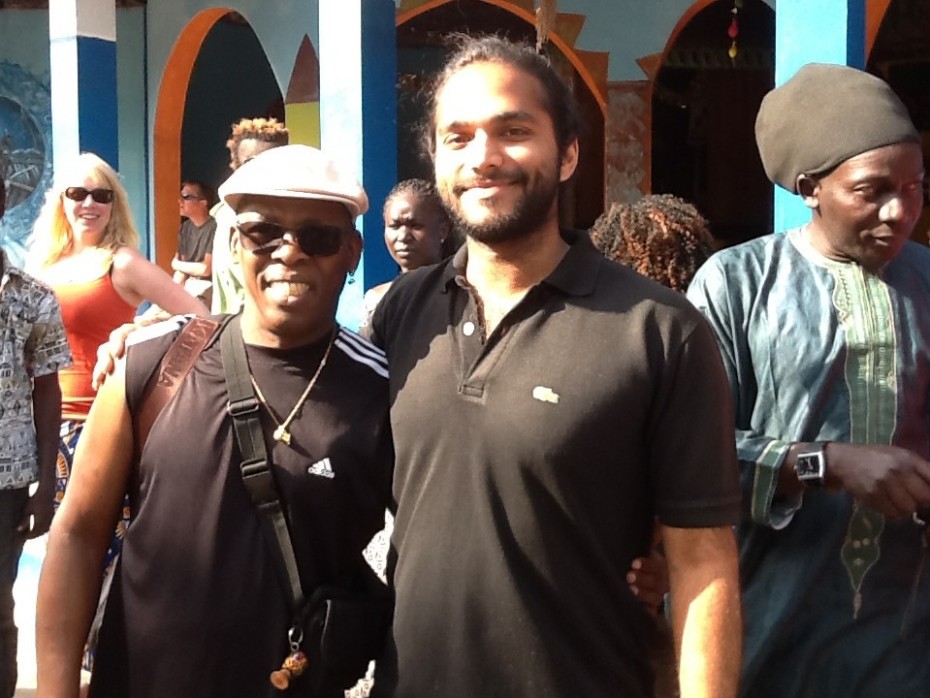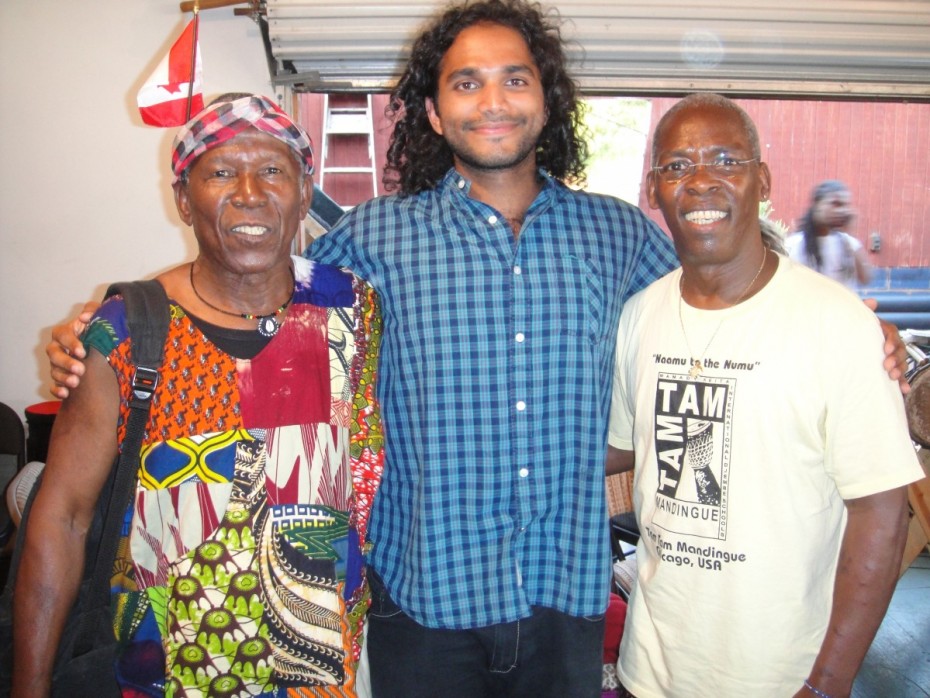It was our last week with the grandmaster, Mamady Keita and with the teachers representing the Tam Tam Mamndingue Djembe Academy from all over the world. It is a rare opportunity, this.
We entered the planet of ‘Dununba’ rhythms. This was when s%^t got serious. Mamady and Famoudou are real specialists of Dununba rhythms. What are dununba rhythms you ask? Dununba rhythms belong to a family of rhythms that are used to demonstrate power. It is a rhythm to show rivalry (over a group).
These rhythms are characterized by long and rhythmically intricate ‘eschauffement’s. That’s when the dancer will perform his or her ‘power dance’ step. These choreographies are captivating to watch. The dance is most important in these rhythms. The djembe is played for the dancer. A pre decided phrase or a ‘blockage’ (read: French) decides when the eschauff comes to an end (therefore ending or changing the dance step). Every rhythm will have a different ‘blockage’. Many a time the Sangban will cue this ‘blockage’ in our out as well. This will depend on whether the dance is a group or an individual dance. It is a matter of aesthetic function that comes with observing many dununba parties where these rhythms are played.
There is a lot of confusion about what dununba rhythms really are. To quell this, brother Bill Scheidt from Winston-Salem has made this informative video. Here, have a watch:
https://www.youtube.com/watch?v=qQxg6akJ_qw
Nonetheless, now that you know what Dununba rhythms are, here are the names of some of the rhythms we played in our last couple of days:
- Dununkuda
- Baradosa
- Nantalomba
- M’fankaba
- Selimafo
NOTE – all the above rhythms are in NANKAMA, Mamady’s new book… please write to me on [email protected] if you’d like to purchase a copy!
As the learning continued, rumor had it that we would have a djembe performance at a local venue. This piqued the interest of all of us for sure. What better way to celebrate a fortnight well spent (full of learning, sharing, collaborating and growing) than by doing what we do best; playing the djembe. Besides, it is an honour to get to play for one’s Guru.
Amidst our crazy learning schedules, we squeezed in a mini rehearsal of what we would play, replete with choreography and all! We did this literally hours before getting into the van to go to the venue to perform.
We were to perform a beautiful resto-bar that would usually host latin-American bands. That meant one thing; many hot salsa dancers! We thus, had our tasks cut out for us. We had to make the audience #dancebabydance. The weather was cloudy with a chance of showers. This did not deter us from pouring our hearts out to an intimate and amazing audience.
All I remember from this evening was being overwhelmed by the response of this music by the audience. This city has magic in it. The last time I felt similar to this was when my college band #Moonstruck played in Shillong, (in the North East of India) the music capital of the country!
Thereafter we danced, sang and made merry as we celebrated the successful workshop and learning.
With our hearts full of love (for the djembe, each other and Monterrey), hands full of memories and mind full of rhythms (new & old) we all made preparations to return to our respective countries to spread the #TTMDA mission; to spread the message of #BeHappy #BeDjembe
Come. Drum. Be One.
Varun Venkit
Taal Inc.

Varun is the founder and director of Taal Inc.
The visionary behind the motto
Come. Drum. Be One.
To read more about him Click Here
